THE RISE AND FALL OF BANGKOK’S MODERN ARCHITECTURE IS A GOOD TRIGGER FOR US ALL…
Back when Modernism was a concept and architectural movement that garnered interest and was popularly utilized as a tool to proclaim that Thailand is equally as progressive as western nations, the birth of ‘Dusit Thani Bangkok’ as the capital city’s highest building at the time was not only a declaration of the potential of Thailand’s creative ability and the construction industry, but also a significant milestone that helped to put the pieces of the history of Modern Thai architecture together, allowing for a bigger and clearer picture to be projected. From 1970 to present, it has been 47 full years that this piece of architecture has stood as a ‘landmark’ of Silom, one of Bangkok’s oldest and most important business districts.

Photo by Ketsiree Wongwan
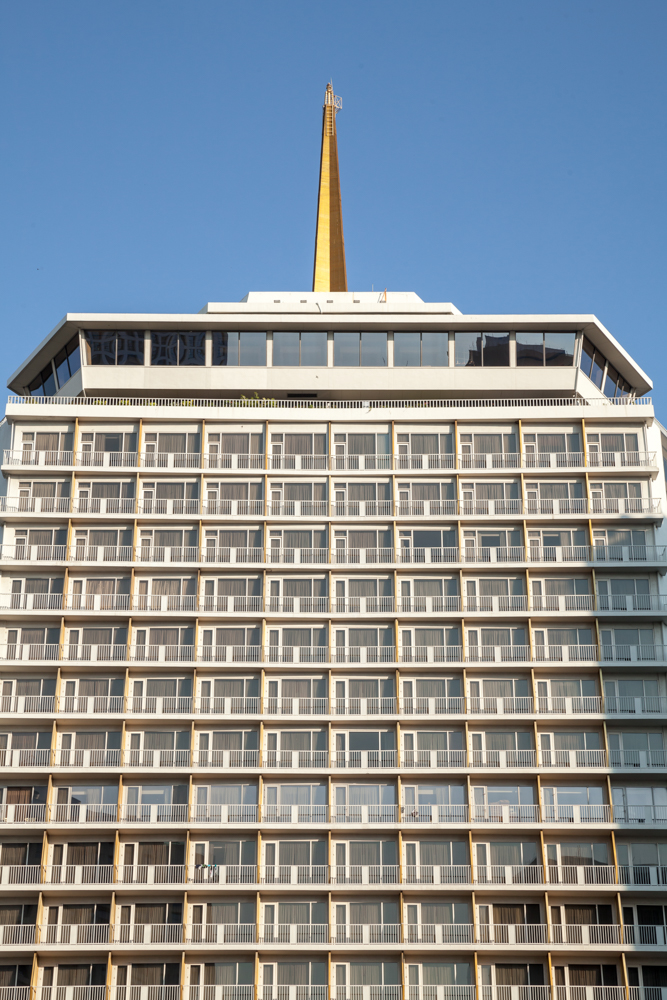
Photo by Ketsiree Wongwan
Nevertheless, with the continual development of land and real estate showing no sign of stopping and reaching a point of oversupply, the bad news for architectural conservationists and historians, including all of us, has finally turned into a reality. Within the period of a few months from now, Dusit Thani Bangkok, in partnership with Central Pattana PCL and with Yozon Shibata as its architect will replace the 23-story golden hotel with a mega mixed-use development project housing a hotel, residence, shopping mall and office building. Its all-encompassing program hopes to better enhance the potential of land development in one of Bangkok’s priciest districts. It’s a shame that the symbol marking the beginning of the country’s history of modern architecture will be erased, leaving nothing behind but photographs and documented stories.
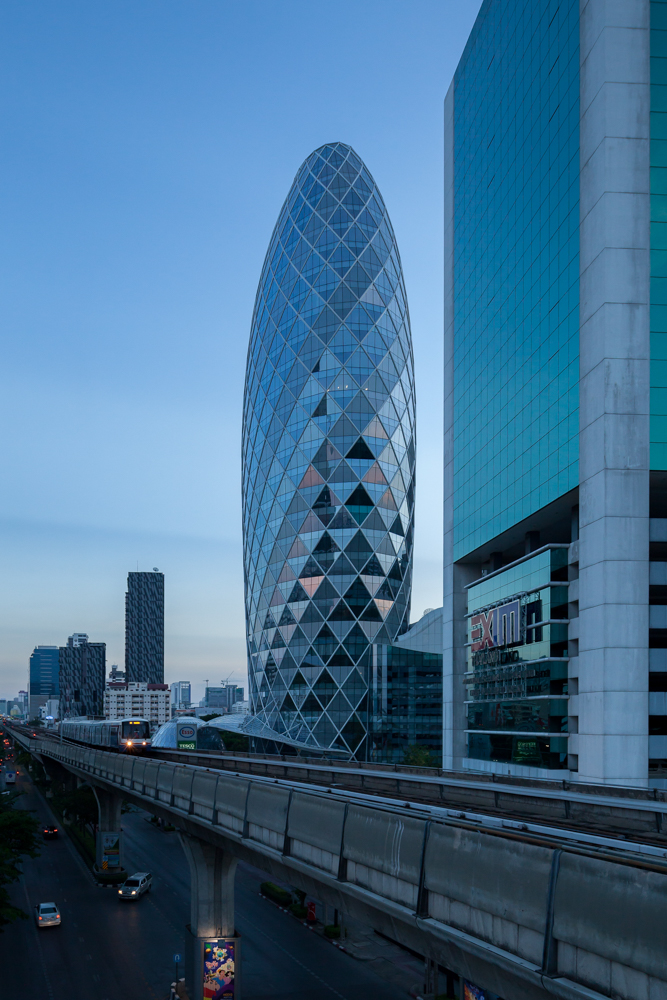
Photo by Ketsiree Wongwan
Across town in another CBD such as Ari, the emergence of an unusual looking building known as ‘Pearl Bangkok’ has stirred up conversations among architects and on social media, mainly because of its appearance that is similar to the works by two Pritzker laureates, The Gherkin by Sir Norman Foster and Torre Agbar by Jean Nouvel. Looking carefully, one can see that the ‘Pearl of the Andaman’ designed by Palmer & Turner (Thailand) contains its own distinctive and different architectural details, particularly the oval shape of the building and the Pearl Dome added at the front of the project. While the highlight that has been used to promote this 25-story high building is the passive design approach that earned the edifice Gold LEED certificate, what’s even more interesting is if this Pruksa Real Estate’s new headquarters will rise as the new ‘landmark’ of the area (or even Bangkok) while the old landmark in Silom is about to be torn down.
In a time when modern architecture from the past is disappearing from Bangkok’s urban fabric and being replaced by more contemporary works that better correspond with the users’ changing demands, the birth, existence and death of something, or in this case, the historic architectural creations are inescapable. While we don’t hold enough power to stop the development of the nation reflected through the fruitful products of the construction industry, the questions we want everyone to carefully contemplate are what we are capable of doing if such ‘replacement’ were to happen in the future? And what would be the way to help compromise the coexistence of architecture from the past and present before we have nothing left but memories to remember the architectural history of our country?

Photo by Ketsiree Wongwan
TEXT: PAPHOP KERDSUP

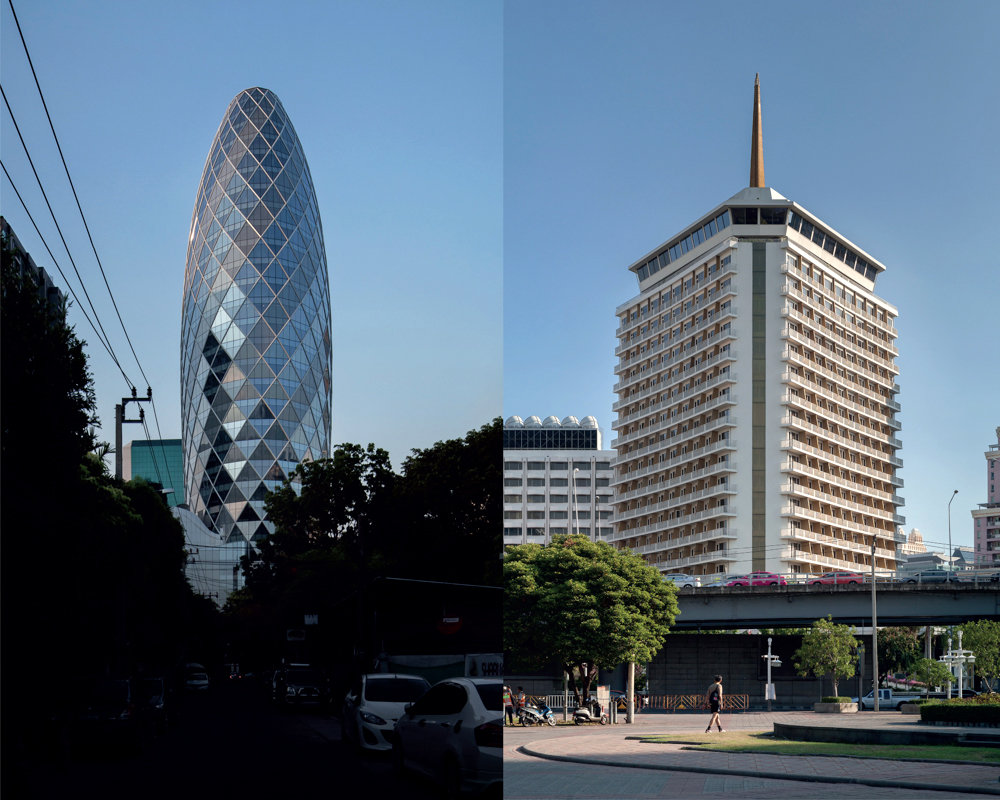

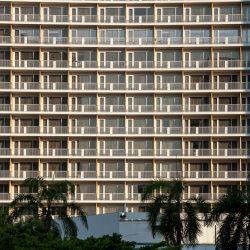
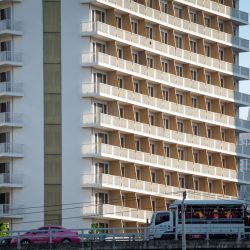


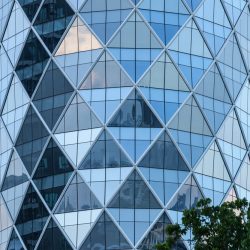
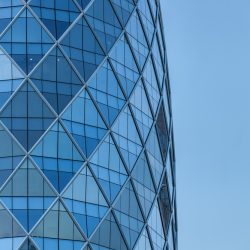
1 Comment